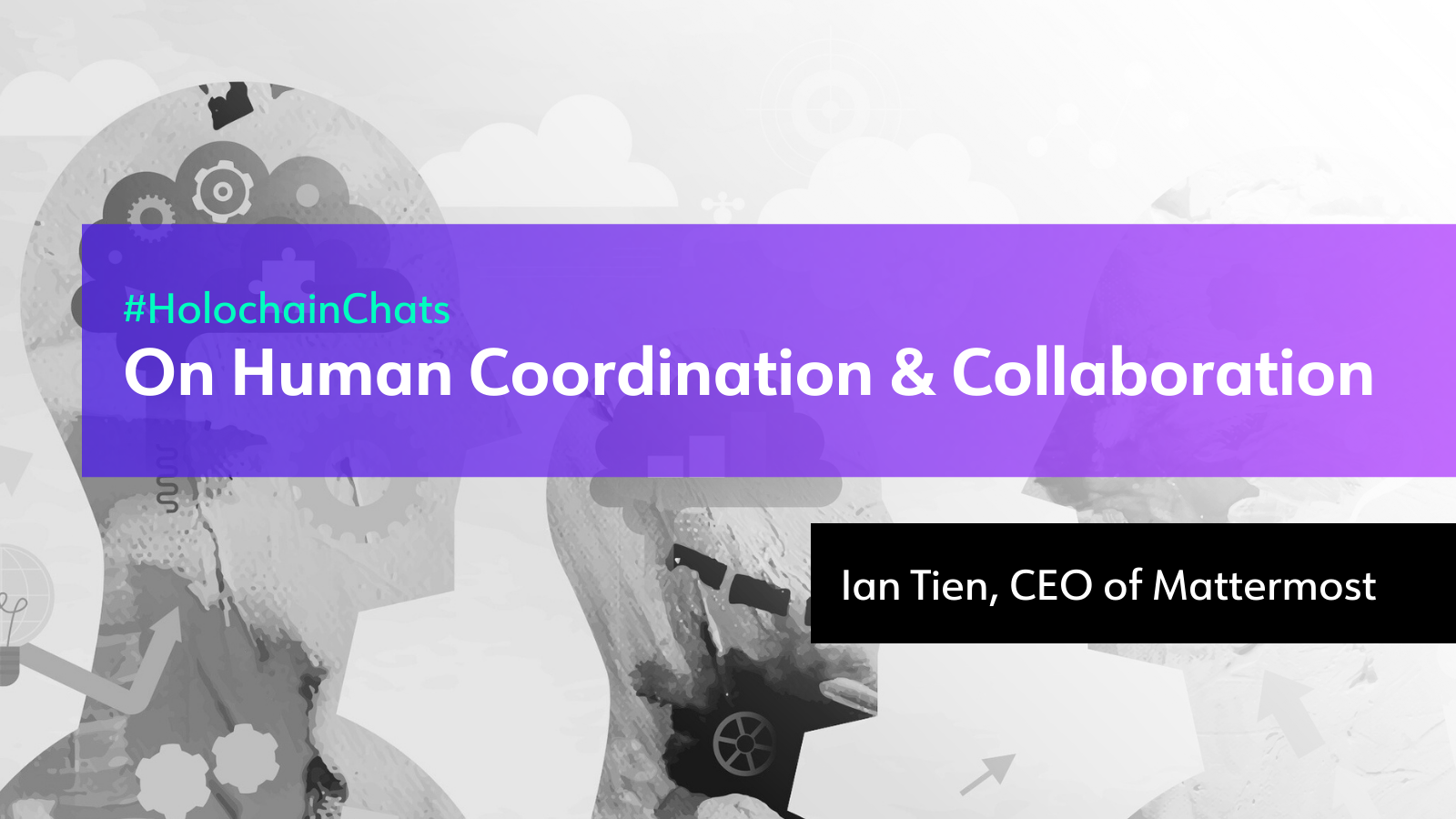Effective collaboration is essential for organizations to innovate, make decisions, and drive progress. Over the past few decades, digital technologies have dramatically expanded how we are able to collaborate remotely.
The introduction of tools like email, instant messaging, wikis, and video conferencing enabled new ways for distributed teams to communicate and work together.
More recently, all-in-one SaaS collaboration suites from vendors like Slack, Microsoft, and Google have been widely adopted by companies looking to centralize their key business applications.
However, as remote and hybrid work environments become more prevalent, teams are finding that centralized legacy models for digital collaboration have limitations. This is driving the exploration of distributed and decentralized frameworks that offer greater control, transparency, and flexibility.
The Rise of Centralized Collaboration Suites
In the early 2000s, the rise of software as a service (SaaS) paved the way for full-fledged collaboration suites delivered through the cloud. Vendors like Microsoft, Google, and Salesforce began providing bundled productivity and communication applications all under one platform.
According to Ian Tien, CEO of Mattermost, “When I started, I was at Microsoft, right? And collaboration was easy. It was all through the intranet on a centralized server.”
Over the last decade, this market has continued rapidly expanding. Tools like Slack, Microsoft Teams, and Google Workspace have become essential platforms that consolidate messaging, video meetings, file sharing, knowledge management, and more.
While early digital tools enabled discrete modes of teamwork, these centralized suites aim to be comprehensive one-stop shops.
In the interview, Tien notes that customers are looking to “integrate [tools] with all your different infrastructure, your compliance, and your tools.” For many organizations, adopting an integrated SaaS platform became the obvious path forward as remote and hybrid work began accelerating.
However, concerns and limitations around relying solely on centralized providers have started to emerge.
The Emergence of Distributed Collaboration
While centralized systems have become popular, some organizations are exploring alternative distributed frameworks for collaboration. According to Ian Tien, CEO of Mattermost, "The biggest one is, and I'm sure you see it all over the place is this: How do I take these new sorts of LLM AI models and use them to accelerate my work?"
Tien also states that "the core of it is that when you take the information, let's say, and just like your workplace communications, right, it's not that valuable."
However, he notes that aggregated data from collaboration tools can provide insights companies may want to keep private. Holochain and other distributed projects aim to give users more autonomy and control over their information.
LLMs combined with generative AI harness enormous amounts of data. While the systems can’t understand data like a human can, they can still create generalizations based on the extremely large datasets.
If Slack were to implement an LLM model with generative AI, it’s unclear whether your data would be used in conjunction with other company’s data.
With distributed models, validation happens at the app level between users rather than via centralized consensus. This enables customized security policies tailored to specific collaboration use cases.
As remote and hybrid work expand, teams want the flexibility to collaborate effectively while maintaining autonomy over their systems and data. Distributed models provide an alternative approach with transparent peer-to-peer connections.
What the Future Holds
While centralized suites solved many early collaboration challenges, new needs are emerging around flexibility, transparency, and control. Ian Tien summarizes this well:
"The future of digital collaboration will require increased transparency around data provenance and usage. How can we enable explainability around why systems make certain determinations? What audit trails exist to show the origins and lineage of data used for collaboration?
“Users want more clarity not just on what algorithms decide but the underlying data and logic driving those decisions. As collaboration platforms leverage more AI and machine learning, robustly documenting data provenance will only grow in importance. Companies want to ensure they can control and account for how data gets managed in collaborative processes."
Distributed collaboration frameworks like Holochain offer an alternative paradigm with direct peer-to-peer connections instead of intermediary servers. This agent-centric approach gives users autonomy while still enabling effective teamwork across organizations.
There are still challenges to making distributed collaboration seamless and scalable for the mainstream.
But with the right blend of usability, security, and customizable control, these emergent technologies could empower teams with a new generation of tools for digital teamwork. The ideal future likely incorporates both centralized and decentralized elements across hybrid technology stacks.



